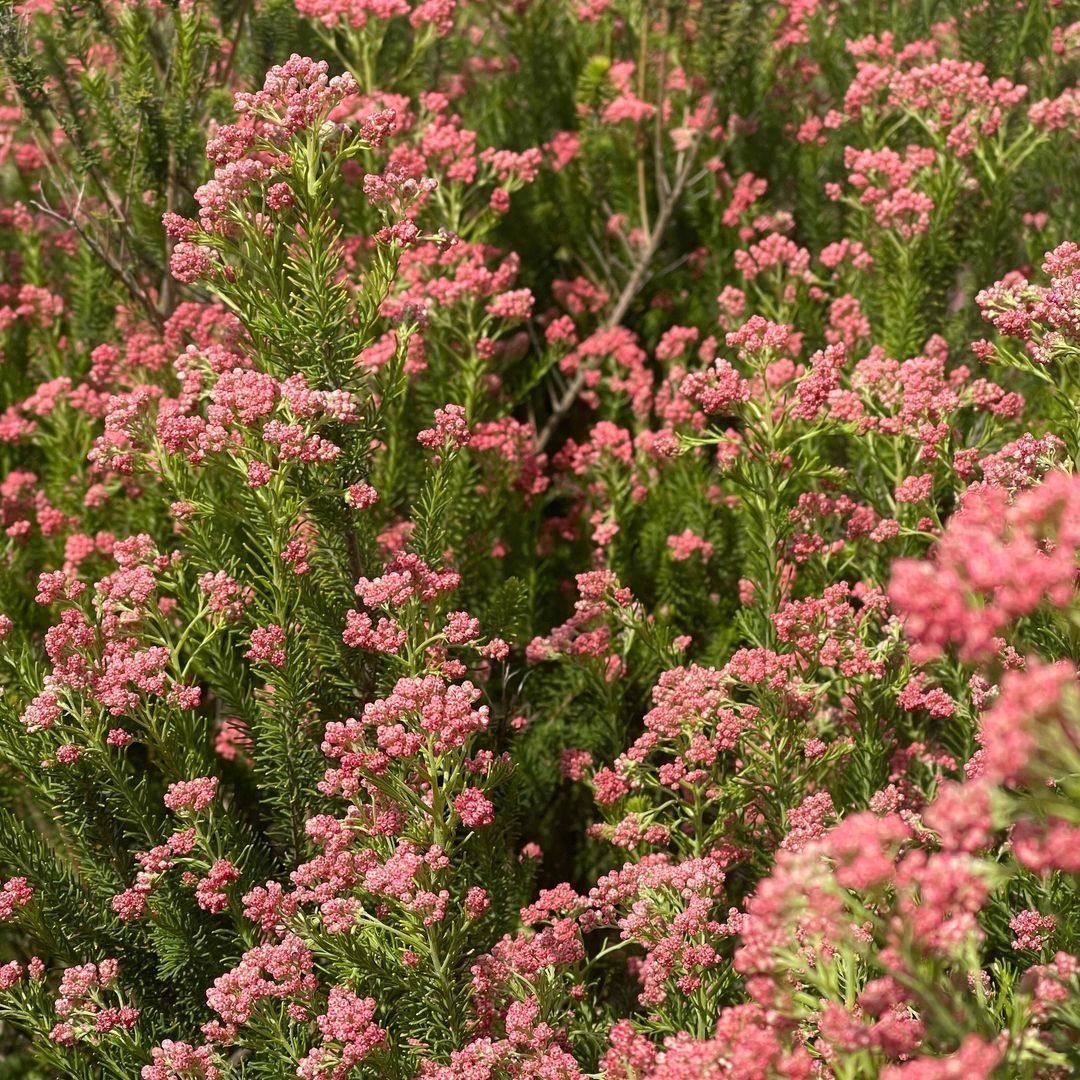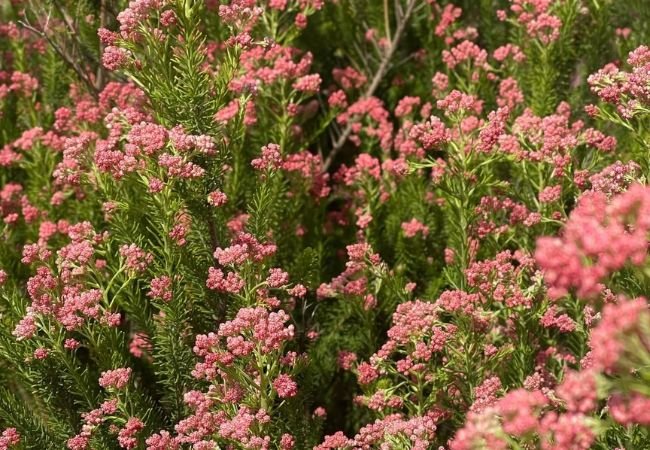Discover the beauty of rice flowers and learn how to grow and care for them. Explore tips on planting, maintenance and using these delicate blooms in floral arrangements.
Rice flowers, also known as Ozothamnus diosmifolius, are delicate and charming blooms native to Australia. These small, clustered flowers resemble grains of rice, hence their common name. With their subtle beauty and long-lasting nature, rice flowers have become increasingly popular in gardens and floral arrangements.
Here’s a summary of key details about rice flowers:
| Aspect | Details |
|---|---|
| Botanical Name | Ozothamnus diosmifolius |
| Common Name | Rice Flower (used for ornamental varieties) |
| Plant Zone | USDA Zones 8-10 (varies by specific ornamental type) |
| Sun Exposure | Full sun to partial shade |
| Soil Type | Well-draining, fertile soil; prefers rich, loamy soil |
| Watering | Regular watering; prefers consistent moisture but can tolerate some dryness |
| Growth Habit | Upright, clumping; varies by variety; often used as a ground cover or border plant |
| Height/Spread | Height: 6-12 inches (15-30 cm); Spread: 12-24 inches (30-60 cm) |
| Special Features | Ornamental rice flowers are appreciated for their unique appearance and often used in floral arrangements or as decorative elements. They can feature delicate, wispy flowers and vibrant foliage. |
Understanding Rice Flower Plants

Appearance and Characteristics
Rice flower plants are evergreen shrubs that can grow up to 6 feet tall.
They feature:
- Small, needle-like leaves
- Clusters of tiny white or pink flowers
- Woody stems
- A naturally compact growth habit
Native Habitat and Growing Conditions
In their native Australia, rice flowers thrive in:
- Full sun to partial shade
- Well-draining soil
- Coastal and mountainous regions
Understanding these natural conditions is key to successfully growing rice flowers in your garden.
How to Grow Rice Flowers
Planting Rice Flowers
To start growing rice flowers:
- Choose a sunny spot in your garden with well-draining soil.
- Plant in spring or early fall for best results.
- Space plants about 2-3 feet apart to allow for growth.
- Water thoroughly after planting.
Soil and Fertilizer Requirements
Rice flowers prefer:
- Sandy or loamy soil with good drainage
- Slightly acidic to neutral pH (6.0-7.0)
- Low to moderate fertility
Avoid over-fertilizing, as this can lead to excessive foliage growth at the expense of blooms.
Watering Needs
Rice flowers are relatively drought-tolerant once established.
However, for optimal growth:
- Water deeply but infrequently
- Allow soil to dry between waterings
- Avoid overwatering, which can lead to root rot
Caring for Rice Flowers
Pruning and Maintenance
To keep your rice flowers healthy and looking their best:
- Prune lightly after flowering to maintain shape
- Remove any dead or diseased branches
- Pinch back new growth to encourage bushiness
Pest and Disease Management
Rice flowers are generally resistant to pests and diseases.
However, watch out for:
- Aphids
- Scale insects
- Root rot in overly wet conditions
Use organic pest control methods when possible to maintain a healthy garden ecosystem.
Using Rice Flowers in Floral Arrangements
Rice flowers are prized in floral design for their:
- Long-lasting nature (up to several weeks in a vase)
- Delicate appearance
- Ability to complement other flowers
To use rice flowers in arrangements:
- Cut stems at an angle for better water uptake
- Remove lower leaves that would be below the waterline
- Change water every few days to prolong vase life
Rice flowers pair beautifully with:
- Roses
- Baby’s breath
- Eucalyptus
Seasonal Care Tips
Spring
- Plant new rice flowers
- Apply a light layer of mulch
- Begin regular watering as growth resumes
Summer
- Monitor for signs of drought stress
- Provide afternoon shade in extremely hot climates
- Deadhead spent blooms to encourage more flowering
Fall
- Reduce watering as temperatures cool
- Plant new rice flowers before first frost
- Prepare plants for winter by adding extra mulch
Winter
- Protect plants from harsh winds and frost
- Avoid pruning during dormant period
- Water only if soil becomes excessively dry
Common Problems and Solutions
Yellow Leaves
- Cause: Overwatering or poor drainage
- Solution: Improve soil drainage and adjust watering schedule
Lack of Blooms
- Cause: Insufficient sunlight or over-fertilization
- Solution: Move to a sunnier location and reduce fertilizer use
Leggy Growth
- Cause: Insufficient light or lack of pruning
- Solution: Provide more light and prune regularly to maintain shape
Growing rice flowers can be a rewarding experience for gardeners looking to add a touch of delicate beauty to their landscapes. With proper care and attention to their unique needs, these charming blooms can thrive in your garden and provide long-lasting enjoyment in floral arrangements. Whether you’re an experienced gardener or just starting out, rice flowers offer a wonderful opportunity to expand your horticultural horizons.






